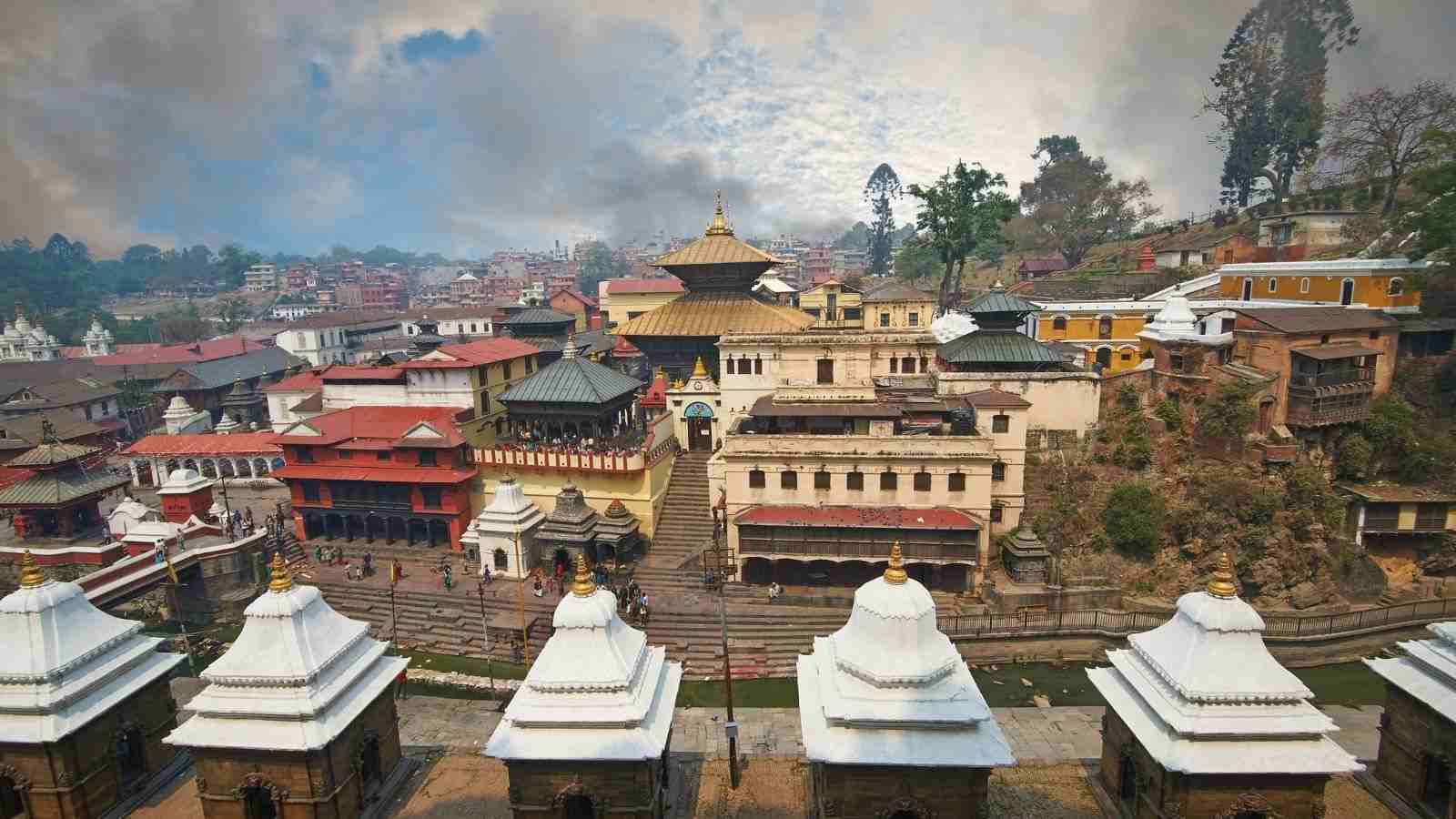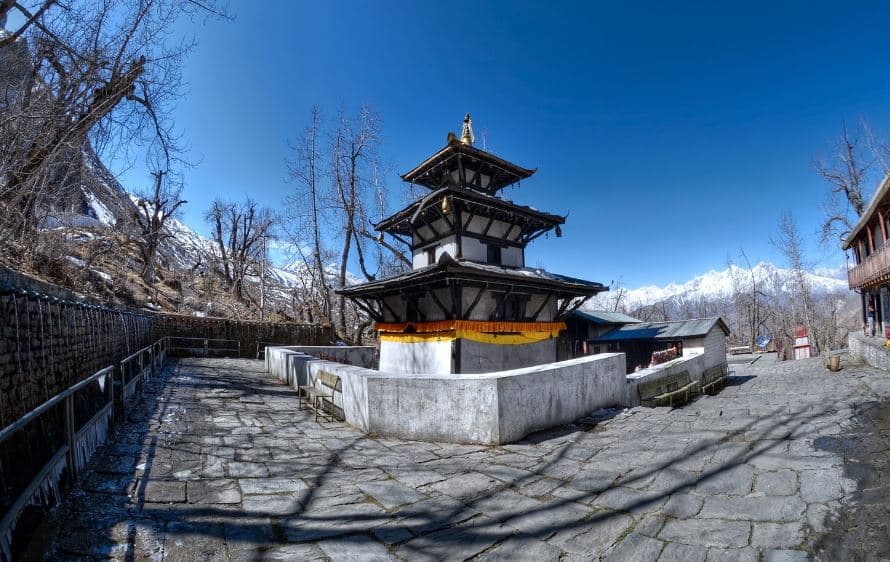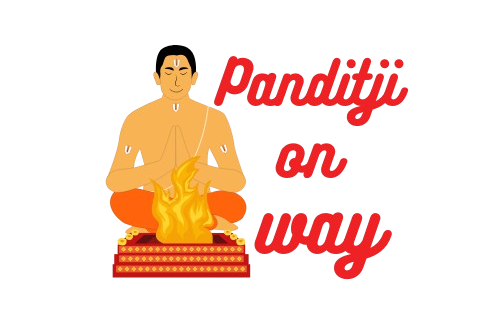11 Famous Hindu Temples in Nepal – Complete Travel & Pilgrimage Guide
Discover the 11 most famous Hindu temples in Nepal, including Pashupatinath, Muktinath, and Janaki Temple. Explore history, significance, location, best time to visit, and travel tips for a spiritual Nepal trip. Nepal, nestled in the lap of the Himalayas, is a treasure trove of ancient temples, spiritual traditions, and rich cultural heritage. Once a Hindu kingdom and still home to the world’s highest proportion of Hindus, Nepal preserves centuries-old traditions through its temples, rituals, and festivals.
The capital city, Kathmandu, is often called the “City of Temples” because of its remarkable density of sacred shrines, many of which are UNESCO World Heritage Sites. From the mighty Pashupatinath on the banks of the Bagmati River to the peaceful Muktinath in the high Himalayas, Nepal offers an unparalleled spiritual journey for devotees and travelers alike.

If you’re planning a pilgrimage or cultural trip, here are 11 famous Hindu temples in Nepal that you should not miss.
1. Pashupatinath Temple – Kathmandu
Located on the banks of the Bagmati River, Pashupatinath Temple is one of the most sacred Hindu temples dedicated to Lord Shiva. Recognized as a UNESCO World Heritage Site, this temple is a major pilgrimage site, especially during Maha Shivaratri.

- Location: Gaushala, Kathmandu, Nepal
-
Historical Significance: Dating back to 400 AD, Pashupatinath is one of the seven UNESCO World Heritage Sites in Kathmandu Valley.
-
Architecture: The temple features a gilded roof, silver-plated doors, and exquisite wood carvings.
-
Rituals: It is the main site for Maha Shivaratri, attracting hundreds of thousands of devotees annually.
-
Location: Gaushala, Kathmandu, Nepal
-
Best Time to Visit: February–March (Maha Shivaratri) or August (Teej Festival)
-
Learn More: UNESCO – Pashupatinath
2. Muktinath Temple – Mustang
Situated at an altitude of 3,710 meters in the Mustang district, Muktinath Temple is a sacred site for both Hindus and Buddhists. It is dedicated to Lord Vishnu and symbolizes liberation or “Moksha.” Pilgrims bathe in its 108 water spouts to purify their souls.

-
Religious Belief: Hindus believe bathing in the 108 water spouts cleanses sins, leading to Moksha (liberation).
-
Unique Feature: The temple is one of the Divya Desams in Vaishnavism.
-
Location: Ranipauwa, Mustang, Nepal
-
Best Time to Visit: March–June, September–November
3. Manakamana Temple – Gorkha
Manakamana Temple, dedicated to the Goddess Bhagwati, is believed to fulfill the wishes of devotees. The temple is accessible via a cable car ride over the Trishuli River, offering stunning mountain views. Manakamana means “wish of the heart,” and the temple is believed to fulfill the desires of devotees.
-
Accessibility: A scenic cable car ride from Kurintar offers breathtaking views of the Himalayas and Trishuli River.
-
Goddess: Dedicated to Bhagwati, an incarnation of Parvati.
-
Location: Gorkha District, Nepal
-
Best Time to Visit: October–December
4. Pathibhara Temple – Taplejung
One of the most important temples in Eastern Nepal, Pathibhara Temple is dedicated to Goddess Pathibhara, considered a wish-fulfilling deity. A revered shrine in Eastern Nepal, Pathibhara Temple is considered a powerful Shakti Peetha.
-
Mythology: Pilgrims believe offerings here fulfill material and spiritual needs.
-
Trekking Route: Often combined with trips to Kanchenjunga Base Camp.
-
Location: Taplejung, Eastern Nepal
-
Best Time to Visit: March–June, September–November
5. Changunarayan Temple – Bhaktapur
Changunarayan Temple, dedicated to Lord Vishnu, is one of the oldest Hindu temples in Nepal, dating back to the 4th century. It is a UNESCO World Heritage Site with intricate wood and stone carvings.
-
Deity: Dedicated to Lord Vishnu in his Narayan form.
-
UNESCO Status: Recognized for its intricate carvings and stone sculptures.
-
Location: Changunarayan, Bhaktapur District, Nepal
-
Best Time to Visit: Year-round
-
Learn More: UNESCO – Changunarayan
6. Rishikesh Temple – Ruru Kshetra
Located on the confluence of the Ridi River and Kali Gandaki River, Rishikesh Temple is associated with salvation rituals and ancestor worship. Situated on the confluence of the Ridi and Kali Gandaki rivers, Rishikesh Temple is a popular pilgrimage site.
-
Rituals: Known for Pind Daan (ancestor rituals).
-
Festival: Maghe Sankranti is celebrated with holy dips in the river.
-
Location: Ruru Kshetra, Gulmi District, Nepal
-
Best Time to Visit: January (Maghe Sankranti Festival)
7. Dantakali Temple – Dharan
Dantakali Temple is dedicated to Goddess Parvati, where a tooth of Goddess Sati is believed to have fallen according to Hindu mythology.
Location: Bijayapur, Dharan, Nepal
Dantakali Temple is associated with the legend of Goddess Sati, whose tooth is believed to have fallen here.
-
Significance: A major Shakti Peetha in Eastern Nepal.
-
Location: Bijayapur, Dharan, Sunsari District Nepal
-
Best Time to Visit: Dashain Festival (September–October)
8. Baraha Kshetra Temple – Sunsari
Situated at the confluence of the Koka and Sapta Koshi rivers, Baraha Kshetra Temple is dedicated to Lord Vishnu’s Varaha (boar) avatar.
-
Mythology: Mentioned in the Puranas as a place where Varaha rescued Earth from a demon.
-
Location: Sunsari District, Nepal
-
Best Time to Visit: November–February
9. Dakshinkali Temple – Kathmandu
Located about 22 km from Kathmandu, Dakshinkali Temple is dedicated to Goddess Kali and is known for animal sacrifices during festivals.
-
Rituals: Animal sacrifices during Dashain.
-
Location: Pharping, Kathmandu District, Nepal
-
Best Time to Visit: Dashain Festival (September–October)
10. Janaki Temple – Janakpur
Janaki Temple, dedicated to Goddess Sita, is a stunning example of Mughal and Koiri architecture. It is believed to be the birthplace of Goddess Sita and is a major site during Vivaha Panchami. Janaki Mandir is a grand marble temple honoring Goddess Sita.
-
Historical Significance: Believed to be her birthplace.
-
Architecture: An Indo-Islamic style masterpiece.
-
Festival: Vivaha Panchami marks the divine wedding of Rama and Sita.
-
Location: Janakpur, Dhanusha District, Nepal
-
Best Time to Visit: November–December (Vivaha Panchami Festival)
11. Guhyeshwari Temple – Kathmandu
Guhyeshwari Temple is one of the revered Shakti Peethas, dedicated to Goddess Parvati. It is closely associated with the Pashupatinath Temple complex.
-
Mythology: Part of the body of Goddess Sati is believed to have fallen here.
-
Location: Near Pashupatinath Temple, Kathmandu
-
Best Time to Visit: Year-round
Planning Your Temple Tour in Nepal
If you wish to perform special pujas, havans, or religious rituals during your temple visit, it’s recommended to book a trusted Hindu priest in advance.
You can book certified Pandits for your Nepal pilgrimage at Panditji On Way or Go Trip To for an authentic spiritual experience.
FAQs About Hindu Temples in Nepal
1. Which is the most famous Hindu temple in Nepal?
Pashupatinath Temple in Kathmandu is the most famous and sacred Hindu temple in Nepal.
2. Can non-Hindus enter Pashupatinath Temple?
Non-Hindus are not allowed inside the main sanctum but can explore the outer premises.
3. Which temple in Nepal is considered the oldest?
Changunarayan Temple in Bhaktapur is considered the oldest Hindu temple in Nepal.
4. What is the best time to visit Hindu temples in Nepal?
October to March offers pleasant weather for temple visits, with several major festivals during this time.
5. Do I need a guide for visiting temples in Nepal?
While it’s not mandatory, having a local guide or priest can enhance your understanding of the temple’s history and rituals.
